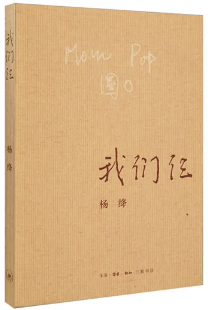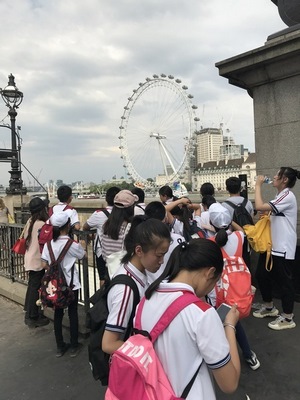Are you one of those people who can tell when a storm is approaching based on your achy knees? Well, you may think you are. But a new study of more than 1.5 million seniors finds no relationship between rainfall and doctor visits for pain. The results are in the British Medical Journal. [Anupam B. Jena et al., Association between rainfall and diagnoses of joint or back pain: retrospective claims analysis]
你是那种发现膝盖疼痛,就能预知到暴风雨要来的人吗?其实,也许你认为你是。然而,一项对150多万名老年人的新研究发现,降雨和因疼痛而就医并无关联。这项研究结果发表在《英国医学杂志》上。[Anupam B. Jena等人,降雨和诊断关节或背部疼痛之间的关联:回顾性声明分析]
The idea that our bodies are barometers for all sorts of weather-related phenomena—including changes in temperature, pressure and precipitation—is not a new one.
我们的身体是各种天气相关的现象(包括温度,压力和降水的变化)的晴雨表,这个观点并不是一个新观点。
“Hippocrates himself actually postulated this idea in nearly 400 B.C.” Anupam Jena, a physician and expert in health care policy at Harvard Medical School and the Massachusetts General Hospital, who led the study.
主导这项研究的、哈佛医学院和马萨诸塞州综合医院的医生和医疗专家Anupam Jena说:“实际上,Hippocrates在公元前400年左右就已提出了这个想法”。
“If you talk to people, I’d say millions and millions of people probably believe that things like rainfall influence symptoms of joint pain and stiffness. But if you look at the studies, there’s actually been surprisingly little evidence to suggest that is true. Most of the studies have been quite small. And we were interested in thinking about whether we could approach this question in a ‘big data’ sort of way.”
“如果你和人们交谈,我想数以百万计的人可能会相信像降雨这样的事情会影响关节疼痛和僵硬的症状。但是,如果你看看这些研究,实际上并没有什么证据表明这是事实。大部分研究的规模都比较小。我们很有兴趣知道,是否可以用“大数据”的方式来处理这个问题。”
He and his colleagues looked at information collected in more than 11 million visits that older Americans made to their primary care physicians. They compared these records with data on daily rainfall. And they asked: do more people report sore backs or swollen joints when the weather is inclement?
他和他的同事们查看了1100多万份信息,都是美国老年人对初级保健医生的访问中收集到的。他们将这些记录与每日降雨量数据进行比较。他们问:在天气恶劣的时候,有更多的人报告疼痛的背部或肿胀的关节吗?
“And what we found is if you look at days where it rained versus days where it didn’t rain, there is no difference in the proportion of visits to a doctor that involved a complaint of joint pain or back pain.”
“将下雨和没下雨的日子作对比,我们发现,因关节痛或腰痛而就诊的比例并没什么不同。”
They saw no “rain effect” even when it poured for seven days straight. And if you’re thinking, well, what if people couldn’t get an appointment until the skies cleared up…
即使连下了七天雨,也没有“降雨效应”。 如果你在想,好吧,会不会是因为直到雨过天晴,病人们都没能成功预约就诊呢?
“And if you look the week after a period of heavy rainfall, you still see no relationship. And that doesn’t mean that factors like rainfall or temperature or humidity don’t affect joint pain and symptoms of joint achiness and stiffness. But in this sort of big data approach, we didn’t find any evidence for it.”
“那么,假如你查看在大量降雨后一个星期的数据,仍然看不出有什么关联。这并不意味着像降雨或者温度湿度这样的因素不会影响关节疼痛、关节粘连和僵硬的症状,但是在这样的大数据分析中,我们仍未能找到证据。”
Of course, it could still be that the pain from rain is not enough to complain. “It could be that patients take over-the-counter pain medications once these symptoms hit, and so when they see their doctor they’re not actually in enough pain to mention it.” And the casualties of low-pressure fronts simply move on—gingerly.
当然,也有可能是因下雨带来的疼痛感不足以让人去就诊。 “一旦这些症状出现,病人可能会服用非处方止痛药物来缓解疼痛,所以当他们看到医生时,痛苦感较小而忽略了提及这回事。”这种压力较小的伤痛只是自己在一点点发展。

新年伊始,听说有好多同学声称自己去年的读书li...

不知是不是因为今年疫情的缘故,总觉得时间过得...

2020年即将过去,本年度的【好书荐读】系列也迎...
